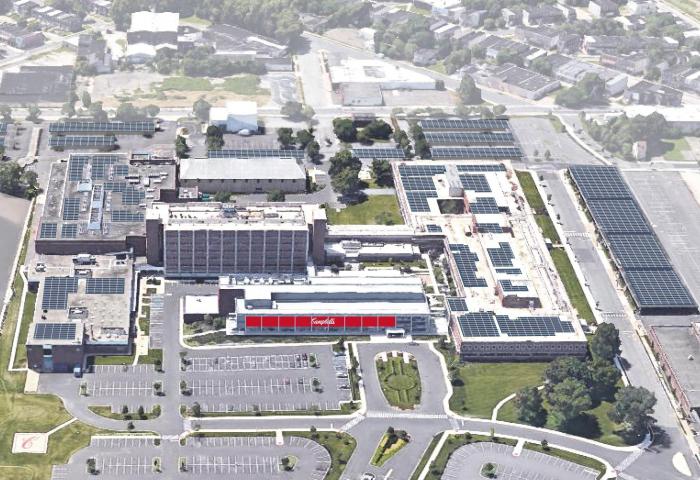
This post was previously published by The Huffington Post.
With America’s energy future in mind, President Donald Trump’s Administration has a unique opportunity to embrace a solar sector that is helping to grow our nation’s economy, creating high-paying jobs and reinforcing a competitive free market.
Unfortunately, a new trade action by the U.S. International Trade Commission (ITC) would move the United States away from a free market and toward regulated solar markets that prevailed in the past. Proposed tariffs of 40 cents per watt on solar cells and a minimum price of 78 cents a watt on solar photovoltaic (PV) modules would drive up prices for solar panels for residential consumers, corporate customers and electric utilities. This is after prices have dropped significantly over the last five years. The cost of PV modules dropped nearly 34 percent in just the first half of 2016, according to GTM Research.
The ITC is scheduled to decide whether to impose tariffs on solar in September and is to propose a remedy in November. At that point, the ITC would hand off the matter to the White House, and President Trump would make a final decision in January.
As a longtime Republican and energy CEO, here’s my perspective on what this would do:
1. Hurt America’s ability to win in the marketplace. China, Japan, and Germany all generated more gigawatts of electricity from solar energy than the United States did in 2016, according to the International Energy Agency (IEA). While the United States was second among IEA members in new solar installations in 2016, China more than doubled the U.S. installations.
2. Upend existing companies’ efforts to reduce their energy costs. With solar now competing with other low-price sources of new electricity, the list of corporations that have embraced solar is extensive, growing and non-partisan. Campbell Soup Company, which is undertaking a major solar initiative (4.4 MW) at its headquarters in Camden, N.J., is just one recent example.
3. Outsource U.S. solar demand. Economics 101 dictates that there will be a move by many U.S. companies to partner with solar providers overseas in order to meet global energy commitments. In short, why would a Fortune 100 organization invest in an uncertain and volatile U.S. market if there’s a more appealing one in Europe or Asia? In doing so, this will hurt all other aspects of the domestic solar supply chain, including steel, glass and aluminum and wiring and cabling, all of which rely on the strength of the U.S. solar market.
4. Eliminate high-paying energy jobs. The solar industry employs about 260,000 people in the U.S., with the number of U.S. solar jobs growing by nearly 25 percent between 2015 and 2016. Another 10 percent of growth is projected for this year. Separately, it’s worth noting that the two companies at the center of the ITC petition (based in Hong Kong and Germany) employ less than 1,000 out of this total number, or less than half of one percent of total U.S. solar jobs.
With the industry in a night-and-day place compared to eight years ago (e.g. economic engine vs. a minor contributor), tariffs would be a significant and unnecessary step backward.
5. Stifle innovation here at home. With the recent decline in solar energy costs, most major traditional energy companies today are embracing it as a key part of their portfolio. As I’ve written in the past, the “us versus them” era is over. We’re now all innovating toward a lower-cost, cleaner and more diversified energy future. The U.S. has a unique opportunity to lead the transition with new technologies that provide better and cheaper energy for everyone, from rural communities to big cities.
America deserves better than putting ourselves at a competitive disadvantage in the rapidly growing solar power market. We can continue to lower the price of energy, create jobs, make a point to embrace the free market and show the rest of the world the way when it comes to innovation.
This starts by saying “no” to restrictive solar tariffs.

